 Passover’s Message of Hope in the Aftermath of Oct. 7
Passover’s Message of Hope in the Aftermath of Oct. 7
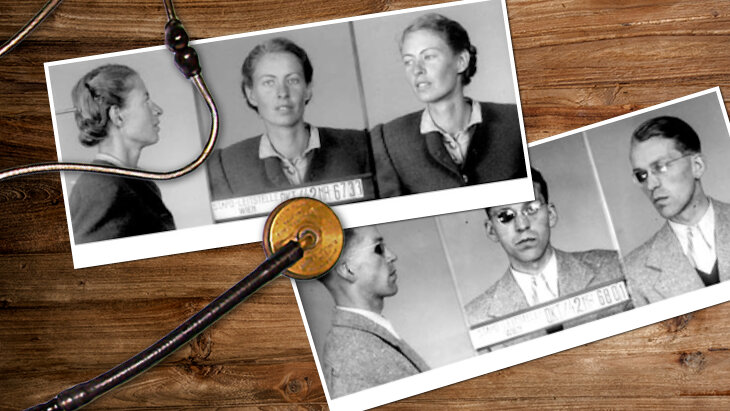

8 min read
As doctors, Kurt and Ella Lingens valued human life. During the Holocaust, they went far beyond that ideal.
Brick-throwing mobs. Mass arrests. Torched synagogues. Streets littered with shards of broken glass. Eighty-four years ago, on November 9 and 10, 1938, during the devastation known as Kristallnacht, mobs of Nazis and SS troops, eagerly assisted by ordinary citizens, torched or vandalized hundreds of synagogues, and damaged or destroyed thousands of Jewish homes, schools, businesses, hospitals and cemeteries in Germany and Austria.
Nearly one hundred Jews were murdered during the violence. Nazi officials ordered police officers to stand by as the riot raged and buildings burned down, although firefighters were permitted to extinguish any fires that threatened German-owned property.
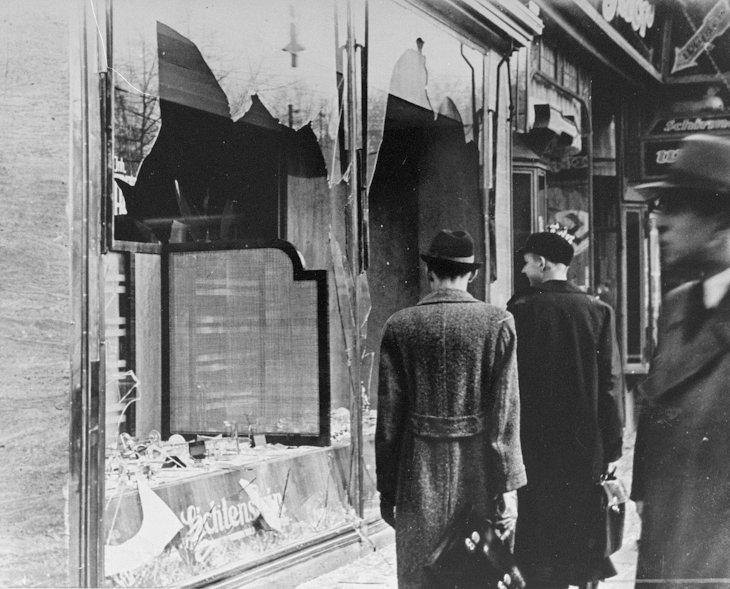 The Night of Broken Glass
The Night of Broken Glass
After Kristallnacht, the streets and sidewalks of Jewish communities were littered with broken glass from vandalized buildings, giving rise to the name “Night of Broken Glass.” The Nazis then had the audacity to hold the Jewish community responsible for the damage, imposing a collective fine equivalent to $400 million.
In the aftermath, more than 30,000 Jewish men were arrested and sent to the Dachau, Buchenwald and Sachsenhausen concentration camps in Germany specifically constructed for Jews, political prisoners and others regarded as enemies of the Nazis.
Kristallnacht marked a turning point toward more violent and repressive treatment of Jews by the Nazis. The brutality of Kristallnacht alerted Jews in Europe that Nazi antisemitism was not a temporary predicament and would only grow worse. As a result, many Jews began planning to flee from their native land or sought help from brave non-Jewish friends.
One such heroic couple was Dr. Ella Lingens and her husband Dr. Kurt Lingens.
Both physicians in Vienna, they were dedicated anti-Nazi activists. Kurt Lingens was an anti-fascist, born in Düsseldorf, Germany. His father had been a police chief who lost his job due to his connection with a Catholic anti-Nazi party.
 Dr. Ella Lingens
Dr. Ella Lingens
Kurt Lingens himself was barred by the Nazi authorities from studying in German universities because of his anti-fascist activities as a student.
Kurt’s wife, Ella, born in Vienna in 1908, had a doctoral degree in law and studied medicine at the local university. As soon as the Nazis annexed Austria, she began to help Jews, especially the students she knew from medical school. During the Kristallnacht riots, she immediately hid ten Jews in her room.
In 1939, the Lingenses met Baron Karl von Motesiczky, an anti-Nazi who had also studied medicine in the Vienna University and whose mother was Jewish. Becoming friends, Baron von Motesiczky invited the Lingens to live in a large house he owned in a suburb of Vienna during the summer months.
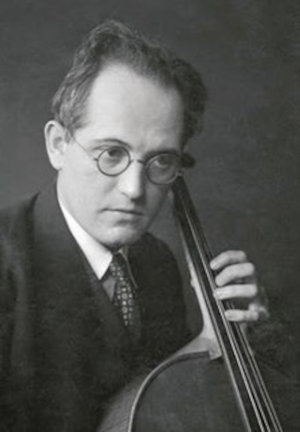 Baron Karl von Motesiczky
Baron Karl von Motesiczky
The Baron often hosted Jews and members of the anti-Nazi resistance at this house. Despite the risks involved to themselves and their little son, Ella and Kurt hid a young Jewish woman, Erika Felden, in their apartment for several months. They were assisted by sympathetic friends. A couple responsible for the distribution of food-ration cards gave Karl and Ella several of the cards for Felden. Their housekeeper gave Felden her identity card when she had a serious infection, enabling her to obtain medical treatment.
Their home continued to be a place of refuge for the couple’s Jewish friends. Some asked them to use their connections to help them escape the Nazis. One of these people, a Jewish former stage actor named Rudolf Klinger, unfortunately turned out to be an informer.
In 1942 Kurt and Ella were asked by a Jewish acquaintance to help his friends reach Hungary. Klinger volunteered to accompany two Jewish couples to the border. He took them there, but at the last minute, treacherously betrayed them and the others involved to the Germans. As a result, the Lingenses and Baron von Motesiczky were arrested. Kurt Lingens was assigned to a unit of soldiers sent to the Russian front as punishment for various crimes. While there, Lingens was seriously wounded but managed to survive the war and eventually returned to Vienna.
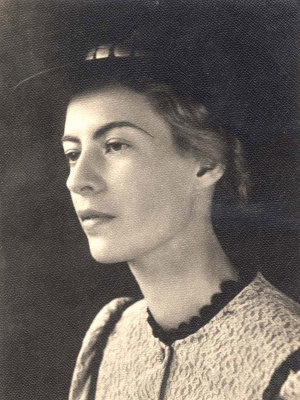 Dr. Ella Lingens
Dr. Ella Lingens
Ella Lingens and the Baron von Motesiczky were sent to the Auschwitz where Baron von Motesiczky died of typhus.
Klinger, the Gestapo informant, was arrested in 1943 when the Nazis decided he was no longer useful to them and sent to die in Auschwitz.
With her term of imprisonment nearly complete, she had to make an excruciatingly difficult decision.
Fortunately, Ella was able to work as a doctor for the camp inmates, continuing her rescue activities and saving several Jewish lives from death in the gas chambers.
With her term of imprisonment nearly complete, she had to make an excruciatingly difficult decision. Ella describes this in her testimony given to Yad Vashem:
“Most of the time we could only look on helplessly as selections were conducted. But in one instance I was able to intervene. Several days earlier I had been called to the Political Department. The patient was a Mrs. Leiman from Frankfurt am Main. From the end of August 1943 to February 1944 selections were conducted every four weeks, not only in the sick bays but in the entire camp. 500 to 1000 women were selected each time, and I was certain that Mrs. Leiman would be among the victims. I went to see her and found that I was right. She was very distressed, trembling with fear and despair, clutching my hand. ‘Help me’, she blurted repeatedly...
“The camp doctor had told me shortly before that I should be very cautious not to take any wrong steps, since my release [from Auschwitz] was expected in the coming weeks. An intervention on my part, as an Aryan German, on behalf of this woman was likely to irritate the Waffen-SS and endanger my release. Only someone who has been in a concentration camp without knowing how long the imprisonment will last can understand the significance of even the slightest hope of freedom.
“My only child was three years old when we were separated. Only those who have children can understand the depth and extent of the longing of a mother for her child. Lonely and pained, I walked up and down the camp road in the twilight of that winter day. Gray barracks, watch towers and electrified barbed wire stretched as far as the eye could see – a hopelessly ugly sight. I was to be allowed to leave this place, to leave behind this place and its tortures. And here I was being asked to risk everything and to make myself unpopular for the sake of a Mrs. Leiman, who was practically a stranger...
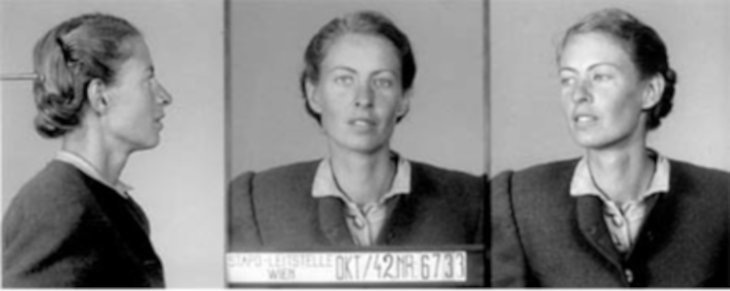
“Time was pressing, and I had to make a decision if I wanted to do anything. In my mind’s eye I saw my little boy and heard his sweet voice when I was parted from him, as he put his little arms around my neck and pleaded ‘Mama, please stay with me’…. Then I saw the eyes of the young woman who looked at me pleadingly. Inside me terrible longing for freedom and life was struggling with great compassion with this poor creature; the sense of duty to save a life, both as a physician and as a human being, was battling with the commitment of a mother to survive for the sake of her child, because every additional day in the camp constituted mortal danger.
“No one can tell me that the solution was an obvious one. I was tortured and couldn’t make up my mind. But I had an insight: I was perhaps entitled to claim that my life and that of my child were more important than the life of a stranger. But this was not the issue. If I were to fail, to turn away and thus permit the death of this person whom I could perhaps save, only because I was in danger myself, I would be committing the same error as the entire German people…The people who ordered and implemented these horrible deeds were not so many. But infinitely many others let it happen, because they lacked the courage to prevent them. They withdrew with a sigh claiming that ‘there is nothing we can do’, even in those cases when something could be done.
“If I had gone so far as to quietly turn away, out of fear of staying longer in the camp, I would be no different than all the others who were still outside, watching passively out of fear that they would be taken to a concentration camp. If so, the SS would have succeeded in ‘educating’ me, as the Gestapo man who had sent me to the camp liked to say. This would mean that everything I had sacrificed so far would have been in vain and that I could have stayed at home in the first place.
“What rose in me was not compassion or duty, but hatred of the system that wanted to repress me and to rob me of my dignity and honor. In my mind I said to my little son: ‘Child, you may have to wait a little longer for your mother, but when she returns, she will be able to look you in the eye, and you will not have to be ashamed that your mother tongue is German.”
Although sent on a death march from Auschwitz to Dachau, Ella miraculously managed to survive until the end of the war when she returned to Vienna.
On January 3, 1980, Yad Vashem recognized both Kurt and Ella Lingens as Righteous Among the Nations.
